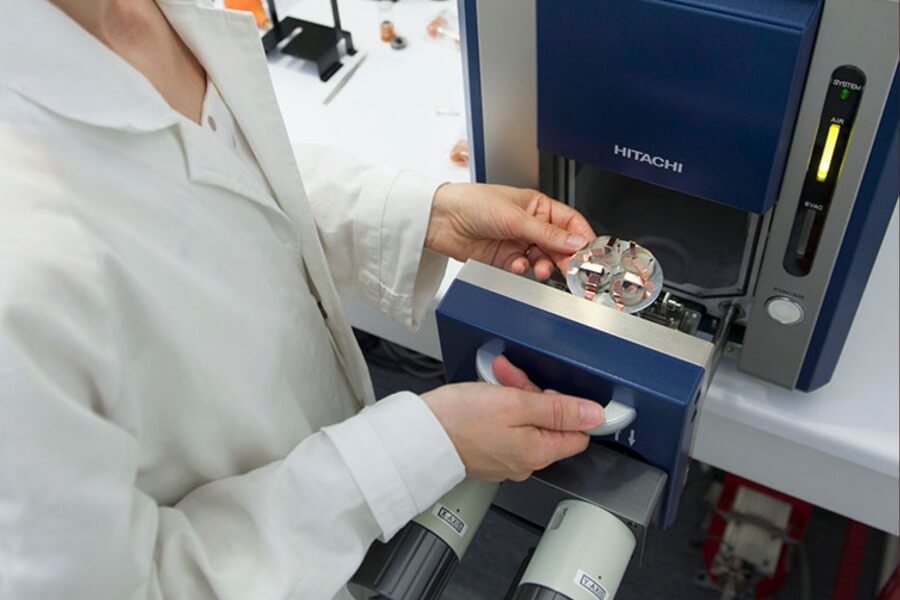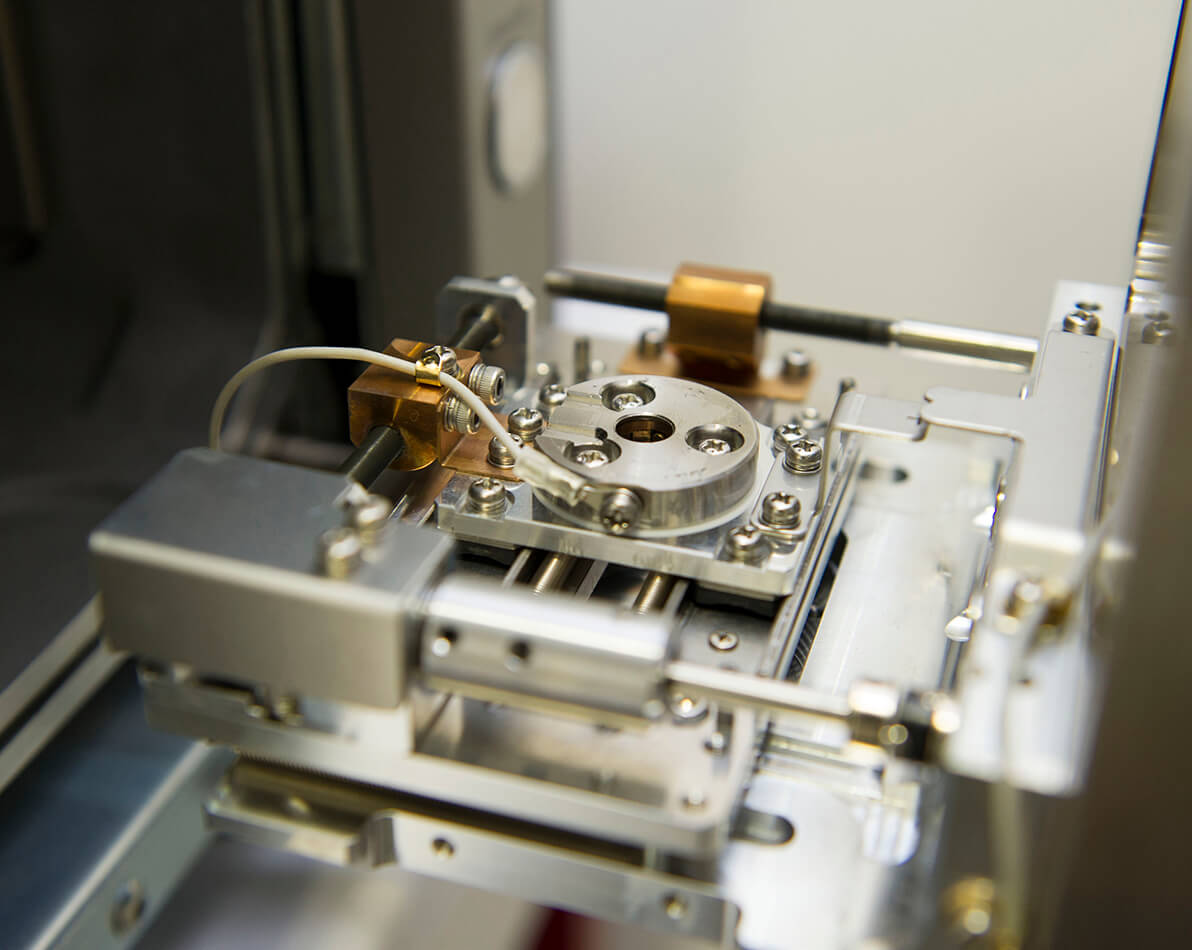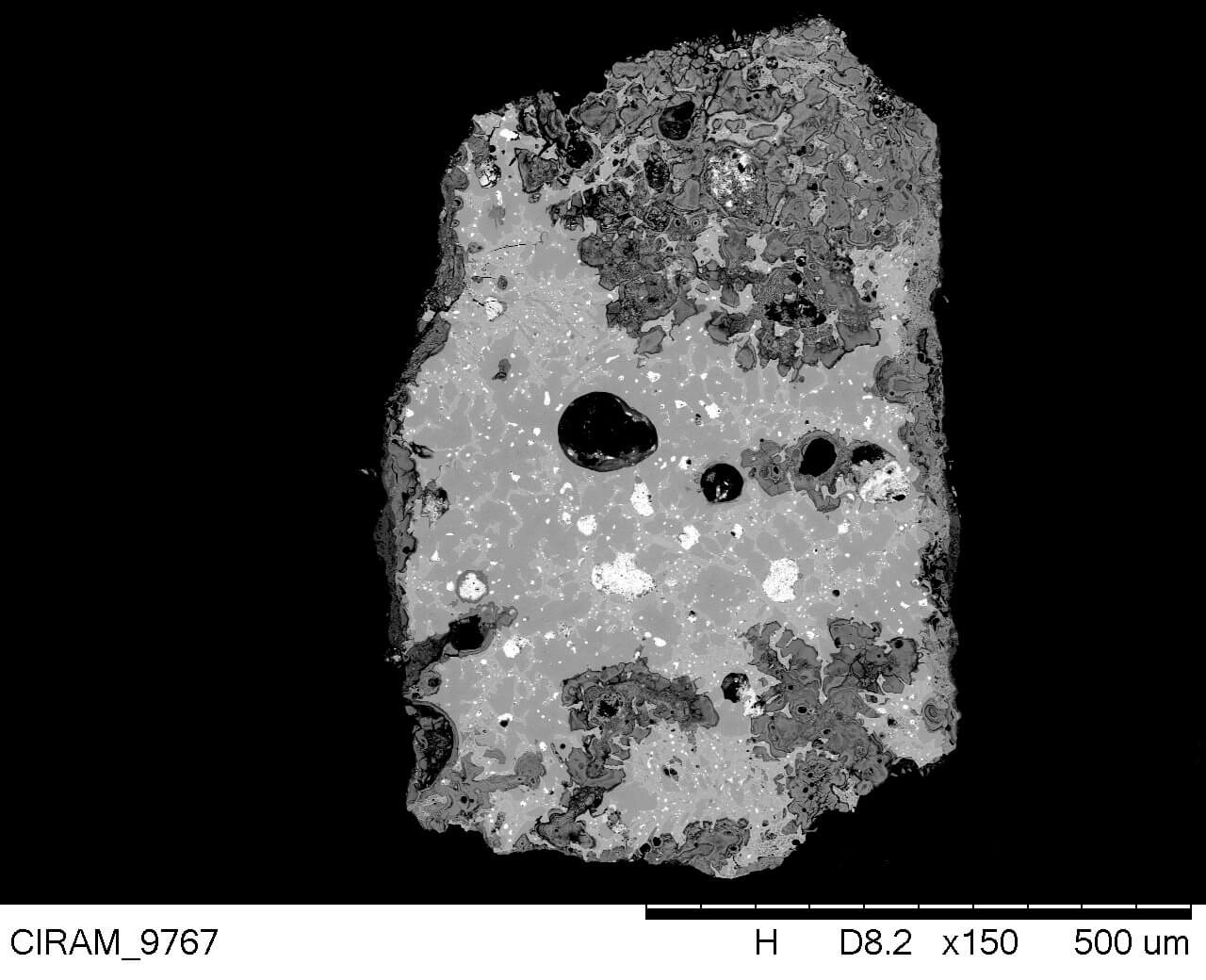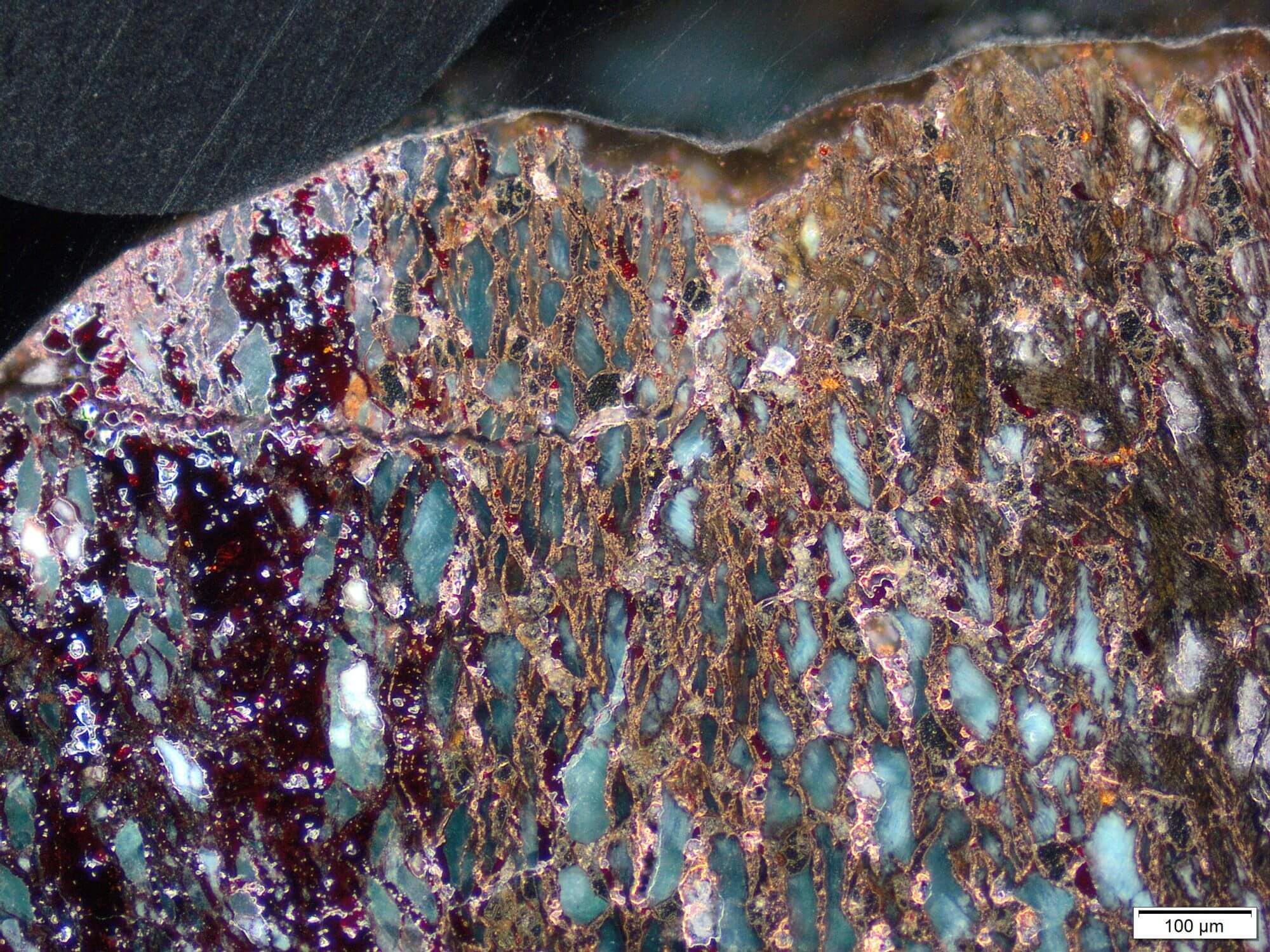
METAL ANALYSIS AND DATING
The metal analysis is based on a multifactorial study. It is more a test of antiquity than a real dating, even if some elements can provide chronological information. Depending on the nature of the alloy, bronze, silver, gold, we will couple scanning electron microscopy (SEM), extracted beam PIXE or ICP/AES.
1 Study > 3 phases
Analysis of a metal object involves three phases: study of the composition of the metal (major, minor, and trace elements), determination of the degree of corrosion (deep or superficial), and identification of the origin of the corrosion (natural or artificial).
Gold, Bronze, Brass, and other metals
The actual dating of a metal work of art is not possible. However, through our scientific analysis, we can authenticate and provide an age test for metal objects. The analytical approach is similar for bronze (copper-tin alloy), brass (copper-zinc alloy), and silver.
The analysis of gold and iron will require a different methodology. But through our researchers and laboratory analysis, we are able to perform authentication and relative dating of all metal artworks.

Precision techniques
Scanning electron microscopy, thermoluminescence test, trace element analysis, degree of corrosion, interpretation of results, let’s discover together the processes for analyzing metal objects.
CIRAM has been a leader in France and abroad in the dating and analysis of works of art for over seventeen years.

METAL ANALYSIS AND DATING
The first step is to determine the chemical composition of the metal. Is it bronze (copper and tin alloy), brass (copper and zinc alloy), silver, lead?
For this, we will use scanning electron microscopy (SEM-EDX). The microstructure of the metal will provide clues about the manufacturing techniques. The presence of dendrites, for example, is characteristic of an object created by a casting technique. Flattened and aligned inclusions are evidence of hammering.
If the study of the concentrations of copper, tin, zinc, lead, is not sufficient to determine the age of an object, it can be very useful to establish its modernity.
Indeed, the presence of aluminum, phosphorus, chromium or manganese (from 0.1%) remains a formal indication of modernity.
Of course, these elements are natural and have always been available on the planet, but their reasoned and voluntary use in the manufacture of metal alloys only dates from the end of the 19th century, and even from the beginning of the 20th century for phosphorus.
Degree of metal corrosion
The second step in the characterization of a metal object is the analysis of its degree of corrosion. This is generally referred to as patina. We are interested in the development of corrosion processes within the alloy.
A copper or silver alloy that is several hundred years old will have undergone numerous attacks from the environment (humidity, temperature variations, micro-organisms…).


These elements will lead to the degradation of the metal, the analysis of which can give clues as to the age or modernity of the object. Scanning electron microscopy and elemental analysis (SEM-EDX) allow us to determine the age of a metal object.
Origin of metal corrosion
The final step in metal analysis is to determine the origin of the corrosion. It is a good thing that the metal is corroded, but it is important to know whether this alteration is of natural or artificial origin. The preferential degradation of copper-rich areas – which are the most fragile -, multiple corrosion products (cuprite, azurite, malachite, atacamite, nantokite, tin oxide, etc.), an association of sediments, or the absence of recurrent chlorine or sulfur, will all be indications of natural corrosion, which can be found on authentic antique objects.

On the other hand, if the corrosion remains very superficial and parallel to the surface of the object, if the metal is attacked in a homogeneous way, if chlorine is detected in all the products of corrosion, one will be able to establish that the deterioration is artificial and modern. It will be a false patina.
Metallography, a comprehensive approach to metal "dating"
In order to authenticate a metal object, the structure must first be determined and its composition defined. This step is important both for adapting the analyses and tests and for the study made by our scientific teams. The metals used can give some clues about the period. For example, the presence of aluminum will be a formal clue to modernity, as this metal was only discovered and used in metallurgy from the end of the 19th century.
Scientific dating is not possible for metal, so our researchers use alternative analytical techniques to find objective indicators to estimate the age of a work of art. The authentication of a metal object is done with a global approach. First, we will identify the nature of the metal (bronze, brass, silver…). Secondly, we will study the degree of corrosion of the metal (the “patina”) and finally, we will identify the origin of the corrosion (natural or artificial) and the nature of the surface deposits. All of these results will allow us to make a judgment on the antiquity or modernity of the metal object.
Scanning Electron Microscopy (SEM-EDX) to define the composition of the metal and patina analysis
Scanning Electron Microscopy (SEM) is used to define the chemical composition of the metal, its nature, as well as its degree of corrosion and the origin of the corrosion thanks to high magnification images and energy dispersive microanalysis (EDX)
The sample taken from the object is first indurated in a resin, then the microsection is polished with diamond suspensions (grain size from 6 to 1 µm). After metallization, the microsection is analyzed by scanning electron microscopy (SEM-EDX).
From this analysis, our doctors and engineers collect a number of results that allow characterization of the nature of the metal, the degree of corrosion, the nature and origin of the patina. The compilation of these results will make it possible to authenticate and obtain a relative dating of the metal object.
Discover CIRAM’s other areas of expertise:
